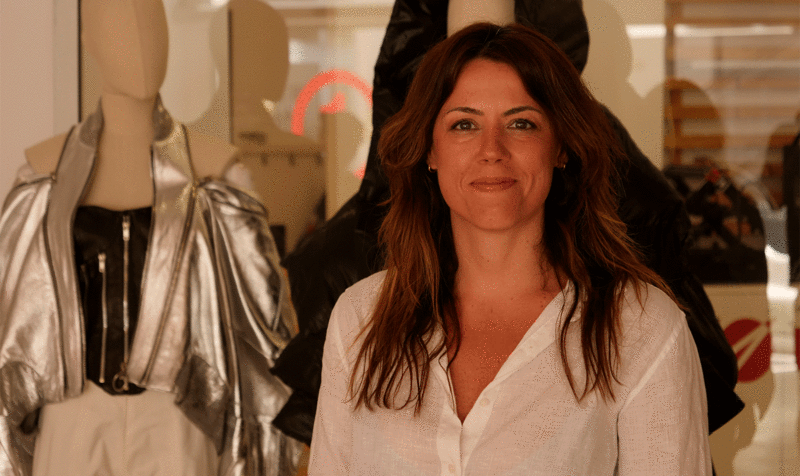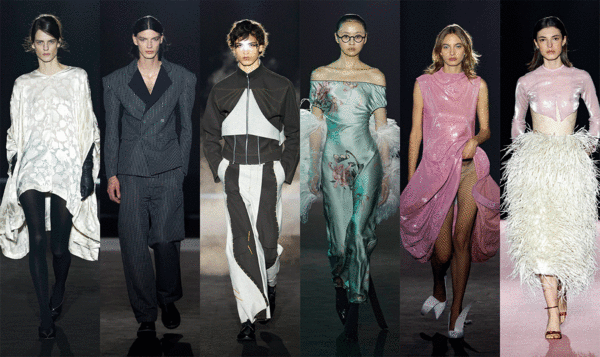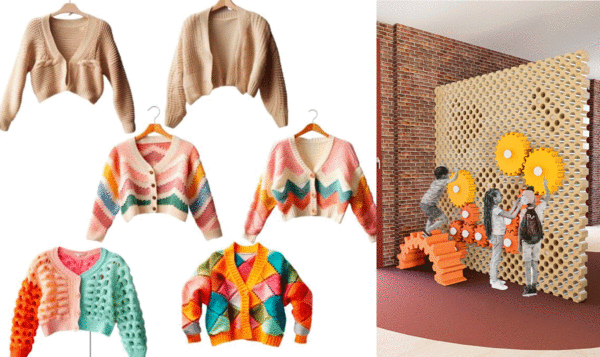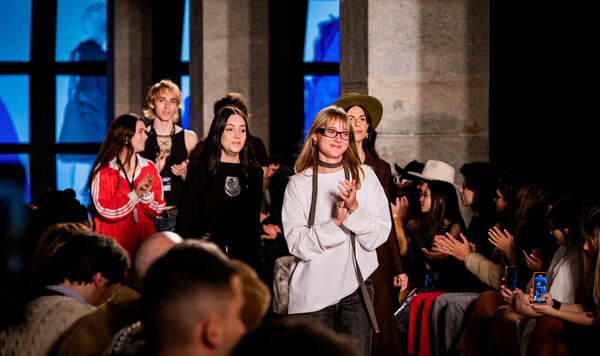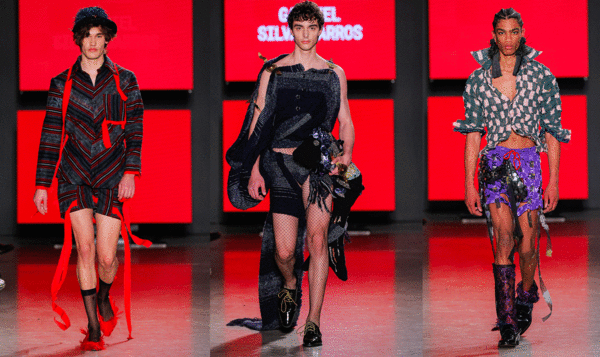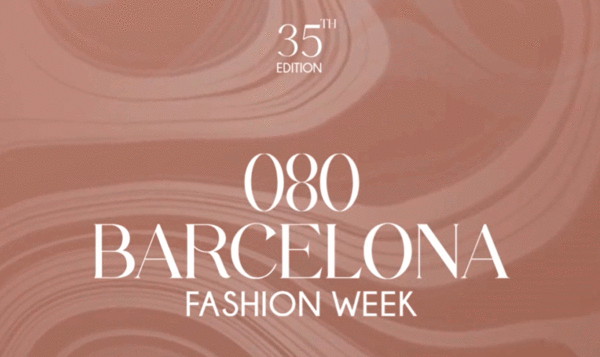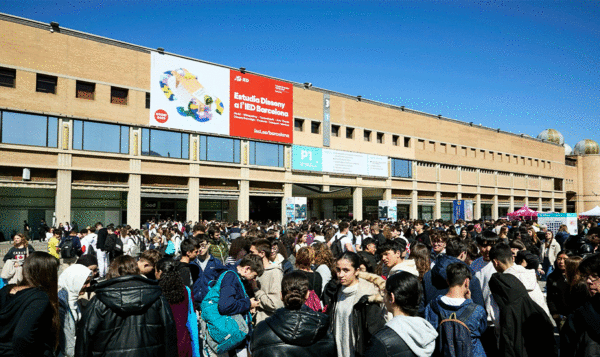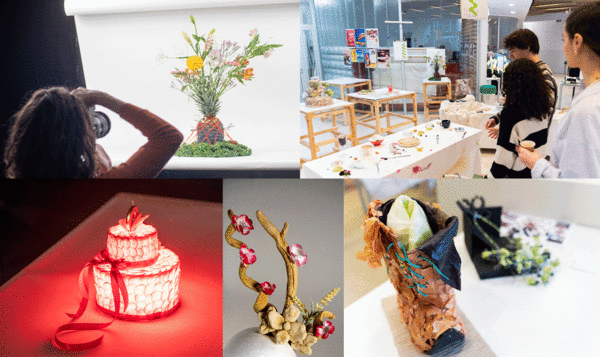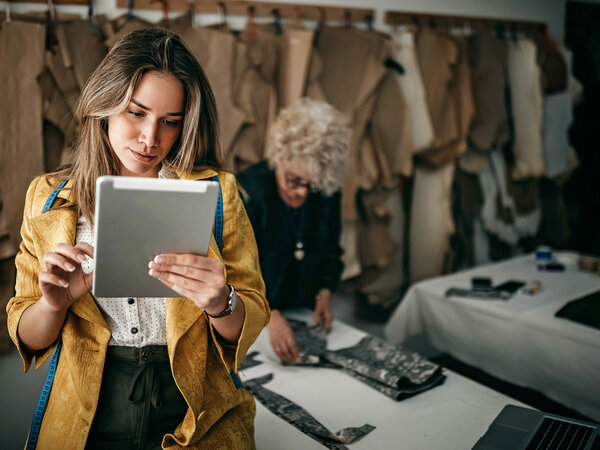Manuela Venturini shared a revolutionary concept in the fashion industry that seeks to avoid traditional segmentations and adopt a sustainable and “seasonless” approach with students
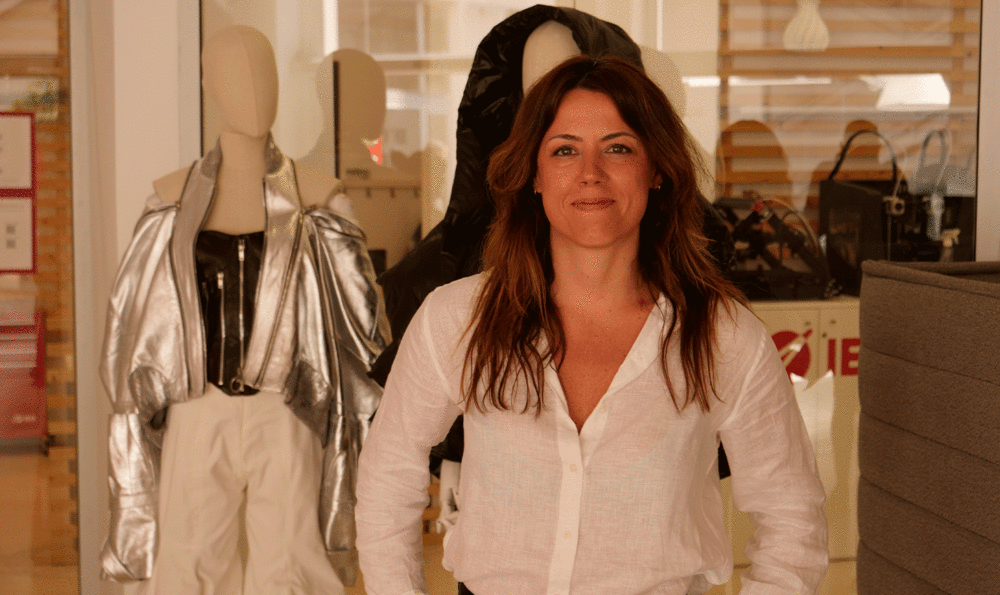
“In fashion, we don’t have all the answers: we need to keep studying”
Date
09 August 2024
On her return to IED Barcelona to teach various classes to students of the Master in Fashion Business Innovation and summer courses, we interviewed Manuela Venturini. The alumnus of the Master in Fashion Management holds the position of Creative and Strategic Officer at C&A Brazil and is the Co-founder of Mindse7, a revolutionary concept in the fashion industry that seeks to avoid traditional segmentations and adopt a sustainable and “seasonless” approach.
What does the Mindse7 project consist of?
Mindse7 is an innovation laboratory within C&A. After arriving at IED Barcelona in 2017, I realised that fashion had changed a lot. We couldn’t continue producing in the same way. So, this initiative began as a laboratory for a large company to find new answers to critical issues in the sector, such as the collection calendar, overproduction, the evolution of trends, and changing consumer preferences.
And how can the fashion industry innovate in the face of these challenges?
First of all, I think we need to take a step back. We still have a big problem to solve in terms of overproduction: we need to put a stop to it as soon as possible and adopt a more on demand approach. Then we can think about more future actions.
As you mentioned before, you studied at IED Barcelona, specifically the Master in Fashion Management. What would you highlight about the experience and what impact has it had on your professional development?
Studying at IED Barcelona was a very special moment in my life. Here, I made friends for life in a city that inspired me a lot. Moreover, the conversations I was able to have then were not happening in my country at that time. So, when I returned to Brazil, I came back very inspired and wanting to do things differently. Here, it was a time of disruption: we had to adapt and we had to do it quickly and constantly. I understood that, in fashion, we don’t have all the answers: we need to keep studying.
This summer you returned to IED, not as a student, but as a teacher. What has it meant to you to teach the master’s and summer course students?
First of all, I’m very grateful to have been able to give something back to the fashion community, because it’s a special community and I really believe that we should support each other and share what we are doing with each other much more. And also, of course, I’m very happy, because I never imagined that I would be here again to talk about this project that, at that time, was still very small.
Finally, any advice for students that you would have liked to have received yourself?
That they contact as many people as possible, be very curious and don’t be afraid of making mistakes: it’s the best time for them to dare to do everything.
